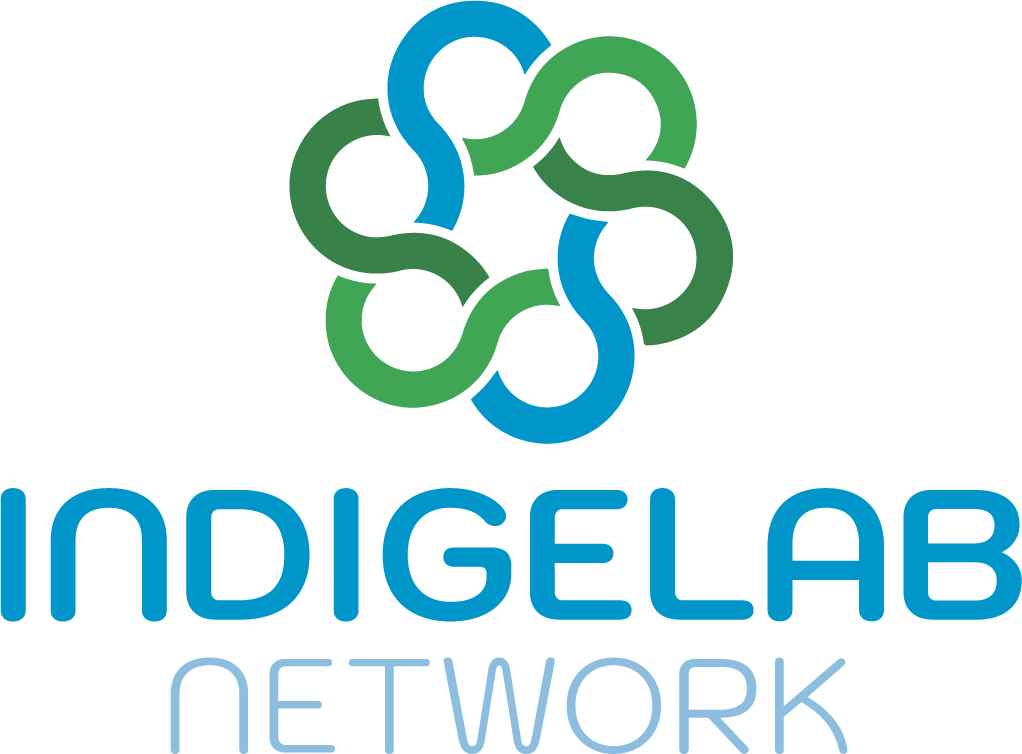Backdoor Access: Allows another user to access to your data. Usually, backdoors are designed for administrative access, but this feature can be exploited. There are a few types of backdoors:
- Administrative backdoors: Developers may intentionally placed weak points that they access for maintenance or troubleshooting. The downside is that unauthorized users may use these weak points to gain access to your data.
- Malicious backdoors: Cybercriminals may secretly install these to gain unauthorized access to your data or system.
- Zero Knowledge: A method of encrypting data so that even the Host who stores it cannot access or decrypt the original data.
Encryption: The process of converting readable data into an unreadable, scrambled format using a secret key and an encryption algorithm, in order to protect information from unauthorized access.
Parts of encryption may include:
- Public Key: A key that is shared with other users when a connection is made. It is used to help encrypt data and verify identity.
- Private Key: A Key only stored only on your device and is never shared. It is used to decrypt incoming data.
- Shared Key: When two users communicate, their devices use a combination of public and private keys to securely generate a unique temporary shared key. This key is used to encrypt and decrypt data during their shared connection. Without the shared key, data will remain encrypted and unreadable.
Types of Encryption may include:
- End-to-end encryption: Data is encrypted before being transmitted across the internet (end user #1) and unencrypted when it reaches the intended destination (end-user #2).
- Symmetric Encryption: Uses a single private key for both encryption and decryption (e.g, XSalsa20, AES-256)
- Asymmetric encryption: Uses two different keys, a Public key for encryption and a private key for decryption.
- AES-256 (Advance Encryption Standard with 256-bit key): A method of encrypting data (like PDFs, text messages, or emails) using complex mathematical operations and a 256-bit key (the higher the number, the more complex the key). The same private key is used by both the sender to encrypt (lock) and the recipient to decrypt (unlock) the data, making it a form of symmetric encryption.
“Five Eyes”,”Nine Eyes”,”Fourteen Eyes” Intelligence Alliances: A reciprocal partnership between intelligence agencies to share data.
- Five Eyes includes intelligence agencies in United States, United Kingdom, Canada, New Zealand, and Australia
- Nine Eyes includes intelligence agencies in France, Denmark, Netherlands, Norway and Five Eyes.
- Fourteen Eyes includes intelligence agencies in Belgium, Italy, Germany, Spain, Sweden and Nine Eyes.
Cloud-based services: Provide computing resources and storage over the Internet.
Open-source: Software whose source code is publicly available, allowing anyone to use, modify, and distribute it. The advantage to Open-source software allows the end user to understand how their data is being used; thus, preventing malicious “backdoors”
File Storage: Allows users to upload, save, and access digital files on remote servers over the internet (ie. on a different computer, maybe even in a different country), instead of just on local devices (i.e. your personal or work computer). Teams may use online file storage so many members can access the same documents. Types of storage may include
- Physical: Saves data to physical hardware you own and control (i.e., hard drive, USB drives).
- Cloud: Saves data over the internet to servers managed by third-parties.
File sharing: The digital process of providing access to or distributing digital files, such as documents, images, or videos between devices and users.
Host: Store (a website or other data) on a server or other computer so that it can be accessed over the internet.
